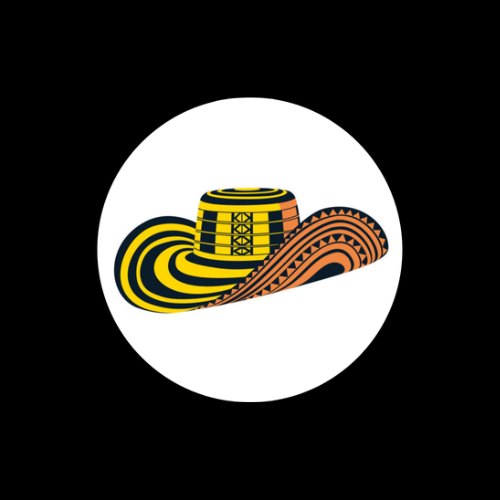A few years ago, I looked at my bank account and thought… where did all my money go?
I wasn’t traveling. I wasn’t investing. I wasn’t even treating myself to anything memorable. What I was doing was buying stuff — clothes I wore once (maybe), random tech I thought I needed, decorations that just sat there, and a growing pile of things I didn’t actually use.
One afternoon, I stood in my room and really looked around. Drawers full of junk, a closet packed with clothes I didn’t wear, and shelves of things collecting dust. That’s when it hit me: I was drowning in clutter — physically and mentally.This paragraph dives deeper into the topic introduced earlier, expanding on the main idea with examples, analysis, or additional context. Use this section to elaborate on specific points, ensuring that each sentence builds on the last to maintain a cohesive flow. You can include data, anecdotes, or expert opinions to reinforce your claims. Keep your language concise but descriptive enough to keep readers engaged. This is where the substance of your article begins to take shape.


I started tossing things I didn’t need, and that snowballed into something bigger. I found myself searching online for ways to simplify my life, and that’s when I discovered the minimalism lifestyle.
Minimalism wasn’t about having a boring, empty life. It was about choosing intentionally — owning fewer things so I could make more space for what really mattered. The more I let go, the lighter I felt.
That was the beginning of this journey. And now, through The Parce Minimalist, I want to share what I’ve learned — so maybe you can feel that same sense of clarity, calm, and freedom.
If you’re thinking about becoming a minimalist, you’re in the right place. You’ll find easy habits, creative inspiration, and real talk — parce to parce.


Leave a Reply